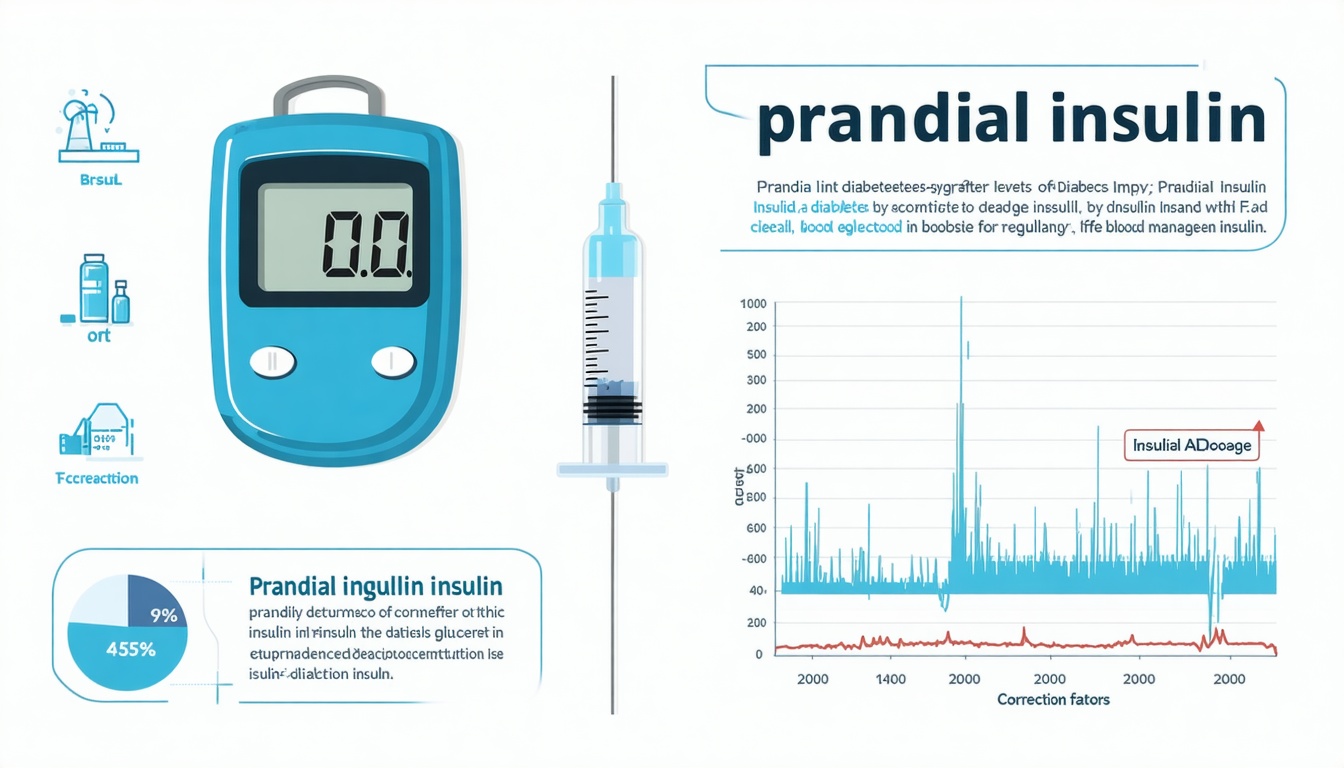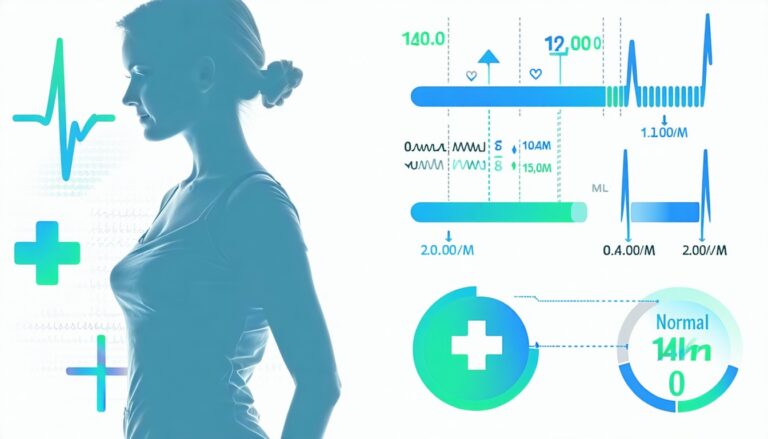Discover What Is Prandial Insulin and Its Role in Your Health
Explore Prandial Insulin
If you’ve ever wondered “what is prandial insulin?” you’re not alone. At its core, prandial insulin is a type of mealtime insulin designed to help your body handle the surge of glucose that comes from eating. The term “prandial” traces back to the Latin word “prandium,” meaning late breakfast or lunch (Merriam-Webster).
Your body naturally produces insulin to move glucose from your bloodstream into your cells. However, if you have diabetes, your body might not produce enough insulin, or it may use insulin less effectively. That’s where prandial insulin steps in. By taking a dose before meals, you support your body in controlling post-meal spikes. If you’re aiming to learn more about baseline or “fasting” insulin levels, you may also want to check out normal insulin levels or, if you’re curious about gender-specific ranges, what is a normal insulin level for a woman.
Common Types Of Prandial Insulin
Prandial insulin usually comes in either rapid-acting or short-acting forms. According to WebMD, here’s a quick comparison:
| Type | Onset | Peak | Duration |
|---|---|---|---|
| Rapid-Acting | ~15 minutes | ~1 hour | 2–4 hours |
| Short-Acting | ~30 minutes | 2–3 hours | 3–8 hours |
These insulins work quickly to help you process glucose right after you eat, making them especially useful in preventing sudden spikes. If you’re also exploring an insulin correction factor to fine-tune glucose levels, prandial insulin often becomes part of the equation.
Compare Basal Vs. Prandial
When you manage diabetes, you might hear about basal and prandial insulin. Basal insulin is long-acting and keeps your blood sugar stable over many hours, often taken once or twice a day. Prandial insulin, on the other hand, focuses on the glucose load from meals. Pairing these two can create a fine balance: basal covers your background needs, and prandial tackles the rapid rises from breakfast, lunch, or dinner.
If you have type 1 diabetes, you may already know about how insulin resistance in type 1 diabetes can complicate this balance. Meanwhile, people with type 2 diabetes often begin with lifestyle changes or oral medications, but eventually, insulin therapy can become essential. In fact, about four in ten people with type 2 diabetes in India rely on insulin to achieve their treatment goals (Clinical Diabetology – Viamedica).
Watch For Side Effects
Like any medication, prandial insulin has potential side effects. One of the most common is hypoglycemia (low blood sugar). Signs include dizziness, shaking, sweating, or confusion (NHS). If you notice these symptoms, it’s a good idea to have a quick source of sugar on hand, like fruit juice or glucose tablets.
Some people also experience mild skin irritation, itching, or redness at the injection site, which typically resolves in about a week. If it persists, talk with your healthcare provider about possibly switching insulin types. You might see lumps or bruising if you reuse the same injection spot over and over. For smoother absorption, rotate your sites. Let any lumps soften before injecting there again.
Place Prandial Insulin In Your Care
Prandial insulin can become a crucial part of your day-to-day diabetes management plan, especially if you’re focusing on stable post-meal glucose levels. When you’re in sync with your prandial insulin timing, you can reduce those big spikes after meals and maintain a steadier range.
- Coordinate dosage with meal timing. Rapid-acting options kick in within about 15 minutes, so try to inject shortly before you eat.
- Track your readings. Keeping a log helps you and your healthcare provider fine-tune doses.
- Rotate injection areas. A belly injection (the abdomen) often gives consistent results, but arms, thighs, or buttocks are also options.
- Learn about other factors. Tools like the insulin index can give additional insight into how different foods impact your insulin response.
It’s also wise to have a conversation with your doctor or diabetes educator about how prandial insulin dovetails with your lifestyle. You might need to adjust doses if you add new meals or snacks, or if you’re stepping up your exercise routine.
Tying It All Together
Prandial insulin goes hand in hand with monitoring your overall glucose patterns. Along with staying aware of your baseline needs, checking normal insulin levels periodically, and using an insulin correction factor when needed, you can help maintain a smoother blood sugar ride. That means fewer roller-coaster moments and a better sense of control.
Feel free to give these pointers a try, and don’t hesitate to ask your healthcare provider for personalized advice. You deserve a plan that works for your unique situation, and prandial insulin might just be the key to navigating those post-meal spikes with confidence.
Image Credit







Leave a Reply